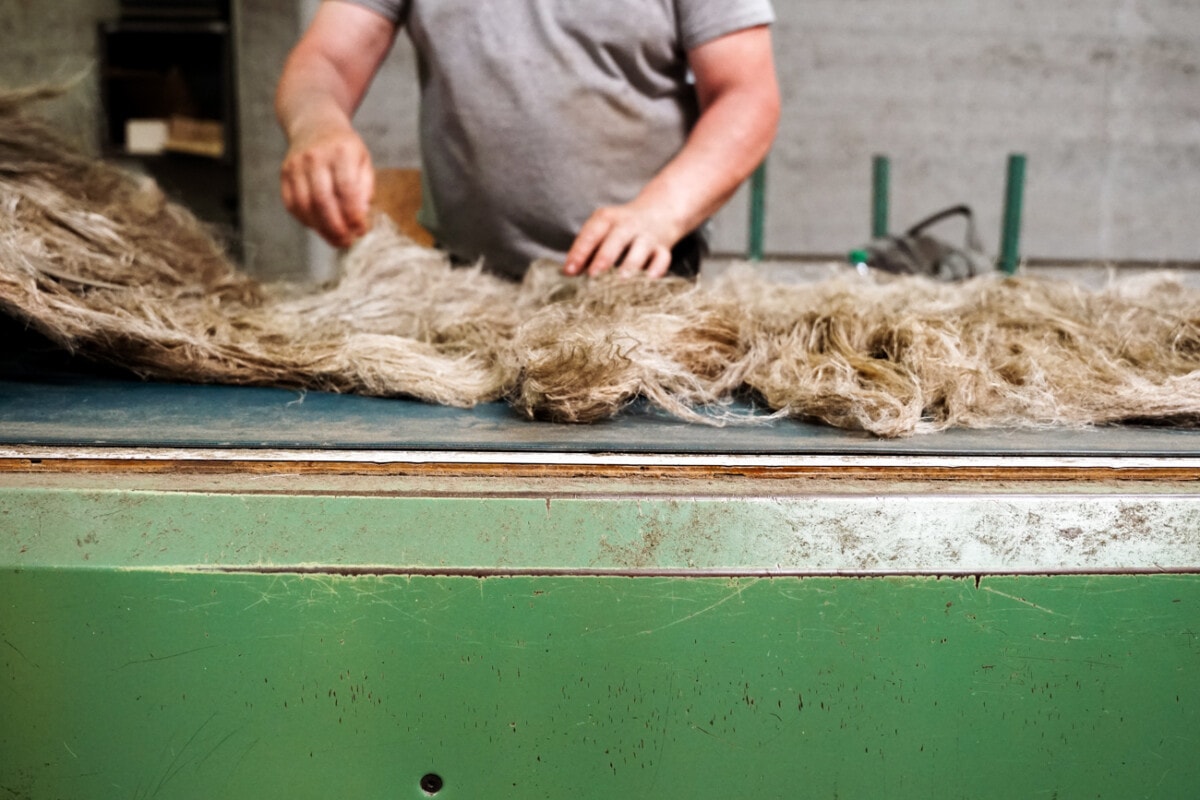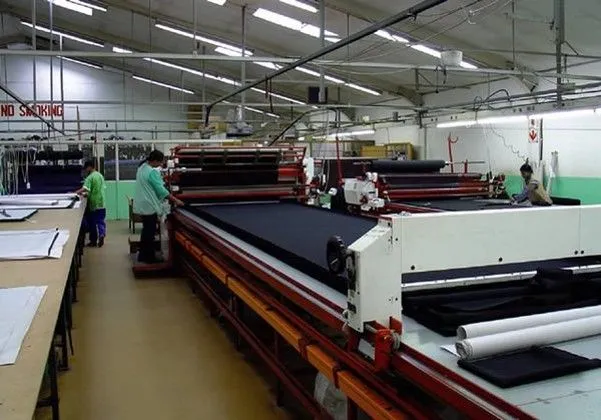Linen Made Process
Cultivation of Flax
Linen is derived from the flax plant. The process starts with cultivating flax, which is typically grown in cooler climates. Flax plants are ready for harvest when they begin to flower.
Harvesting
The flax plants are harvested when they reach maturity, usually about 100 days after planting. Harvesting involves pulling up the entire plant, roots and all, to obtain the longest fibers.
Retting
Retting is a crucial step to separate the fibers from the woody stem. This can be done through various methods, including water retting (submerging the plants in water) or dew retting (allowing the flax to be exposed to the elements). Retting breaks down the pectin’s that bind the fibers to the stem.

Processing
The dried flax straw undergoes further processing, including breaking, scutching, and hackling. These processes remove impurities, separate the long fibers (line fibers) from the shorter ones, and align the fibers.
Drying
After retting, the fibers are dried to remove excess moisture. Proper drying is essential to prevent mold and ensure the quality of the fibers.
Spinning
The linen fibers are then spun into yarn. This can be done using traditional spinning wheels or modern machinery.
Weaving
Linen yarn is woven into fabric on looms. The weaving process creates the distinctive texture and appearance of linen fabric

Bleaching and Dyeing
Depending on the desired final product, linen fabric may undergo bleaching or dyeing processes. Bleaching enhances the fabric's whiteness, while dyeing adds color.
Finishing
Linen fabric is finished to achieve the desired characteristics. This may involve treatments to enhance softness, reduce wrinkles, or improve the fabric's drape.
Cutting and Sewing
Once the linen fabric is ready, it can be cut into pieces and sewn into various products, such as clothing, bedding, or home textiles.

